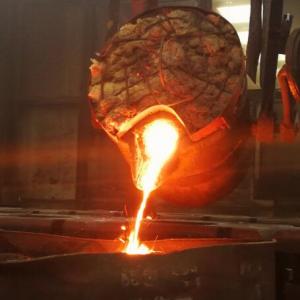What is investment casting?

-
investment casting (lost-wax casting)
Sand casting is by far the most used form of metal casting, and yet there is one aspect of sand casting that makes it inappropriate for some projects. Sand casting patterns need to be removed from the mold they create, which can mean intricate pattern construction. Draft requirements, parting line placements, gates, risers, and cores require a pattern maker to carefully consider the pattern’s needs at each stage in the casting process.
The lost-wax, investment, or precision-casting process is an alternative to sand casting that can work with most grades of metal, even high-melting point ferrous alloys, and yet avoids some of these challenges of pattern making in sand casting.
A designer for an investment casting makes an accurate metal die into which the wax or plastic patterns are cast. These patterns are assembled on a tree also made of this material: the foundry worker uses a torch to melt the tree enough to attach each pattern to it.
This assembly is then used to create a shell that will be used as the mold. It is sprayed, brushed, or dipped in a slurry of a fine-grained, highly refractory aggregate, and a proprietary bonding agent composed chiefly of ethyl silicate. This mixture is then allowed to set. The pattern is coated repeatedly with coarser slurry until a shell of the aggregate is produced around the pattern. The molds stand until the coating has set, after which they are heated in an oven in an inverted position so that the wax will run out and be collected for reuse. After the wax is removed, the molds are baked in a preheated furnace. The molds may then be supported with loose sand and poured in any conventional manner.

When the castings have cooled, the shell around the investment casting is broken and shaken off using a vibrating table.
Investment casting provides superior surface finish, and high dimensional accuracy. There are no parting lines like there are in sand casting.
Lost wax or investment castings have great surface finish and no parting lines.




